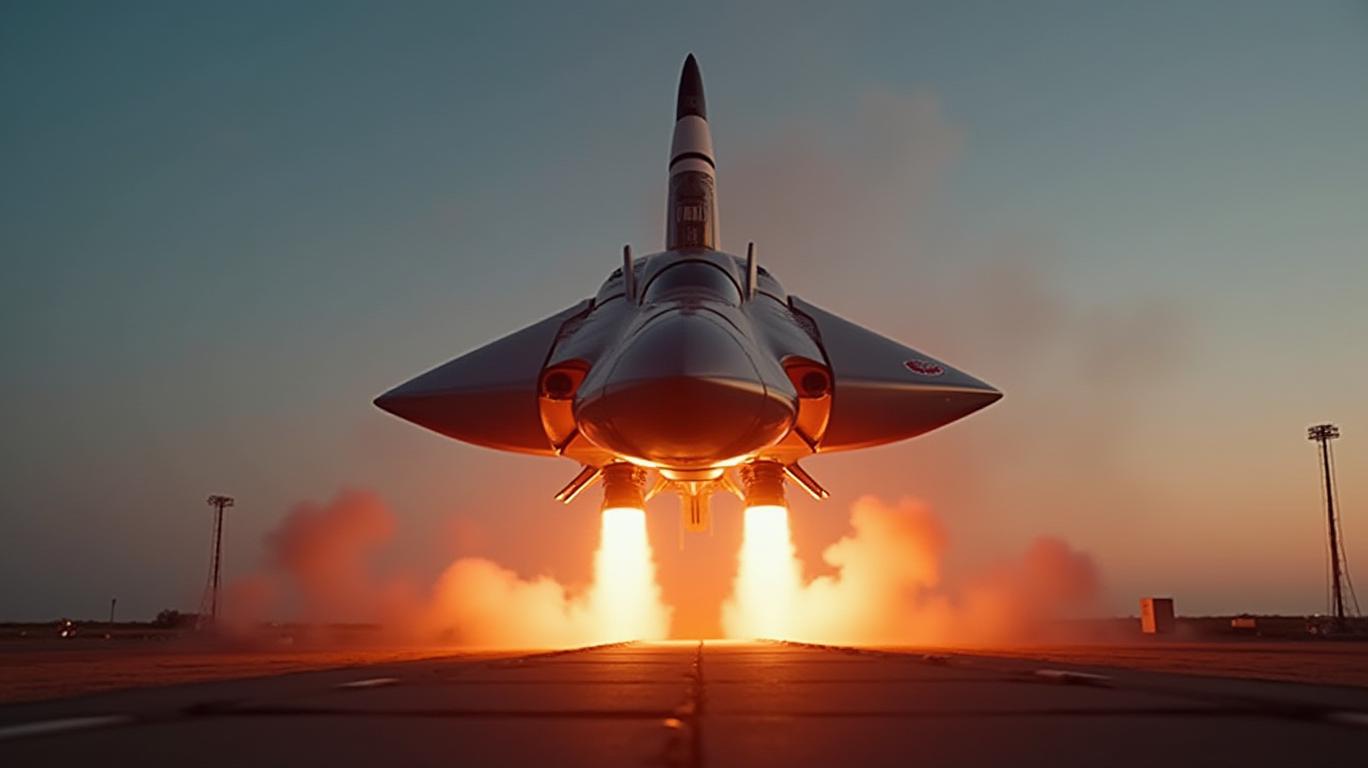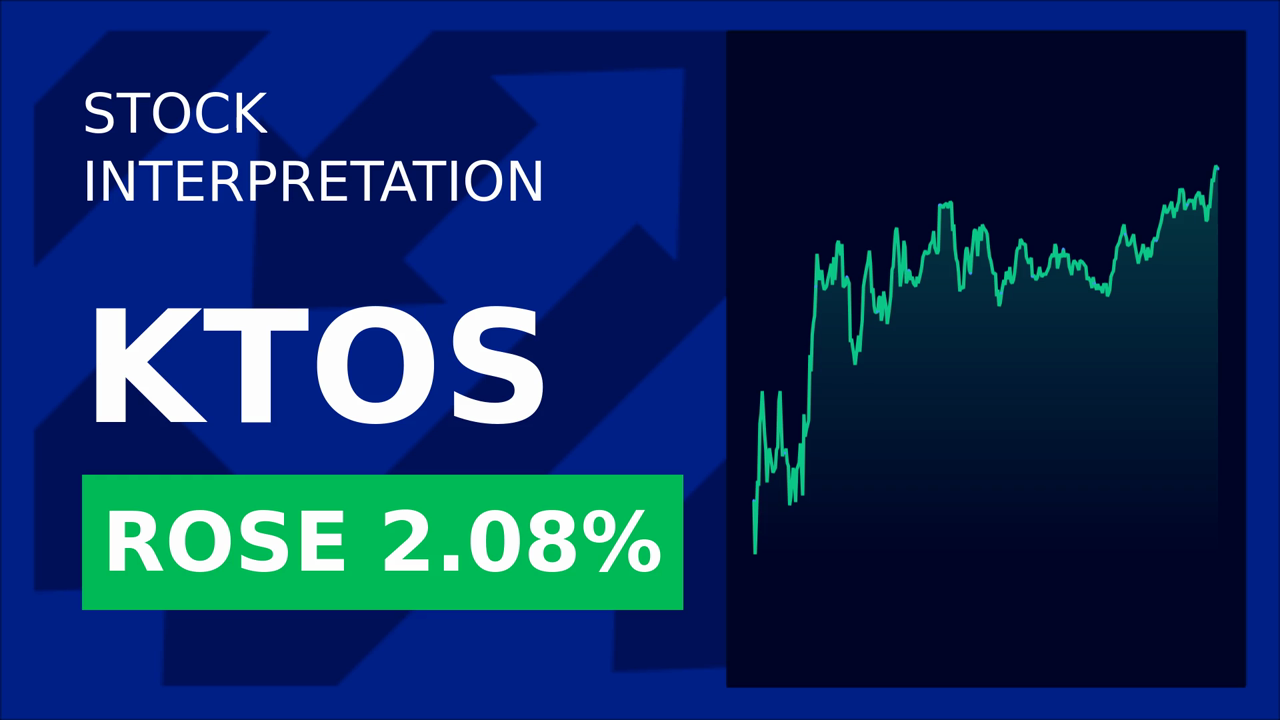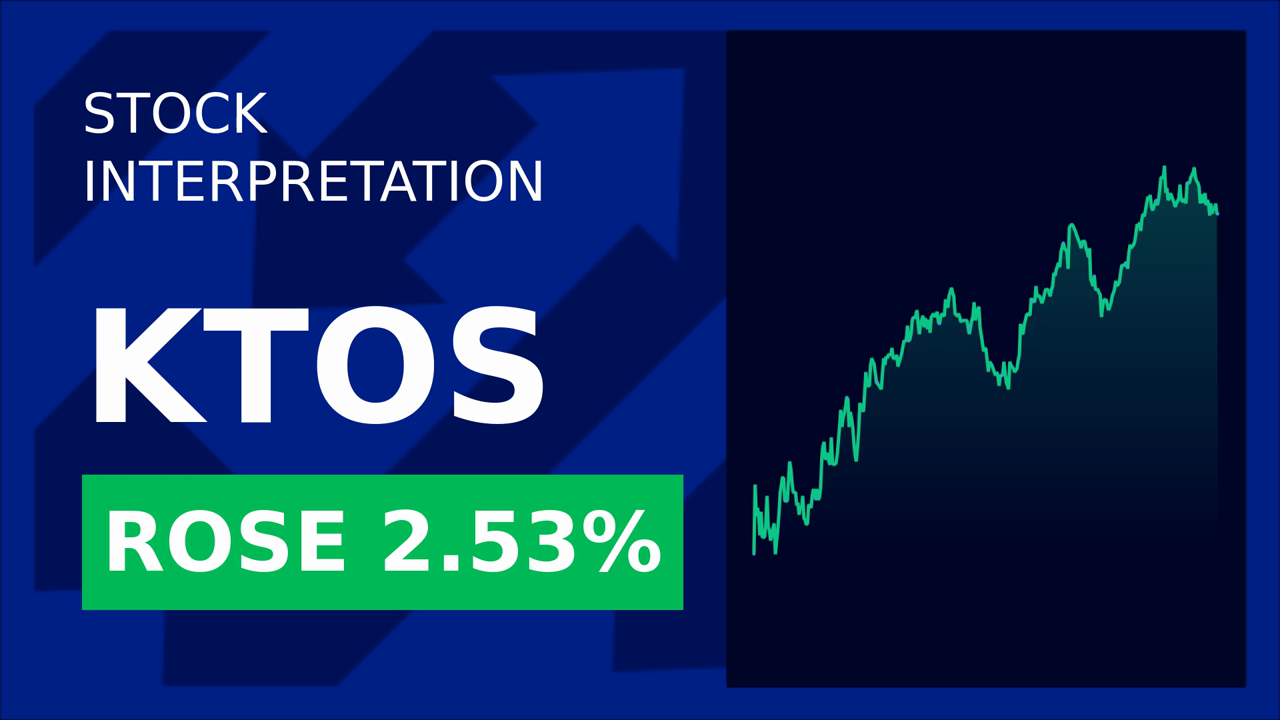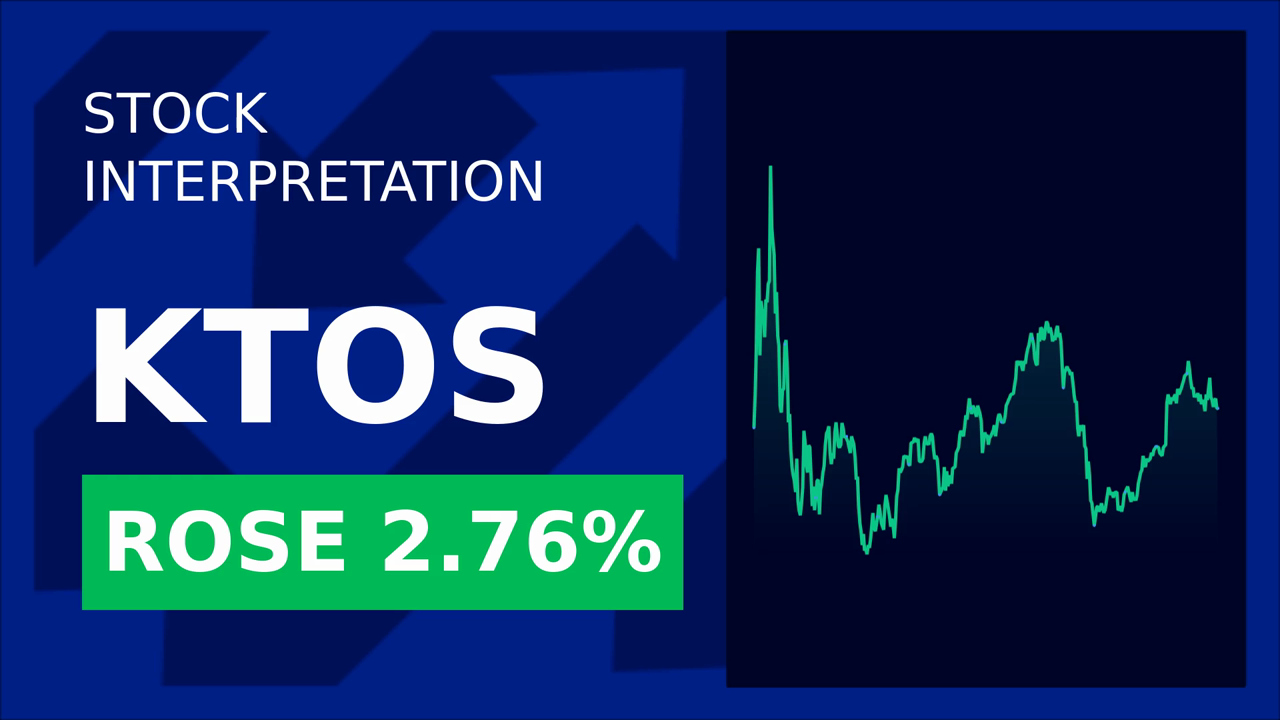Hypersonic Breakthrough: Why Kratos and the U.S. Military’s Reusable Test Vehicle Could Be a Game-Changer
The U.S. military’s recent second test of Kratos Defense & Security Solutions’ Erinyes™ Hypersonic Test Bed (HTB-2) in January 2025 isn’t just a technical milestone—it’s a gold rush signal for investors. This reusable hypersonic vehicle, capable of Mach 5+ speeds, has just passed a critical trial, validating its role in accelerating the development of next-gen weapons and missile defense systems. This isn’t just about defense; it’s about dominating the sky and the companies positioned to profit from it.
The Test That Matters
The HTB-2 flight marked the second successful test of Kratos’ low-cost, reusable platform, which is designed to reduce risks and costs for hypersonic programs. The test, conducted from NASA’s Wallops Flight Facility, validated new onboard sensors and systems while expanding the vehicle’s performance envelope. Key partners included the U.S. Missile Defense Agency (MDA) and Naval Sea Systems Command (NAVSEA), signaling a strategic push to counter adversaries’ hypersonic capabilities.

Why This Matters for Investors
- Cost Efficiency: Kratos’ reusable platform slashes the expense of hypersonic testing. Traditional single-use rockets cost tens of millions per launch, while the Erinyes™ can be reused, making incremental testing affordable.
- Speed to Market: The U.S. military needs hypersonic systems fast to keep pace with Russia and China. Kratos’ ability to conduct rapid, repeatable tests could accelerate deployment timelines by years.
- Strategic Demand: Hypersonic weapons and defense systems are a $50 billion+ market by 2030. The MDA’s $24.7 million contract to Stratolaunch (a Kratos competitor) for a similar hypersonic test vehicle highlights the urgency of funding these programs.
Who’s Leading the Pack?
- Kratos Defense & Security Solutions (KROS): The HTB-2’s success positions Kratos as a pioneer in reusable hypersonic tech. The stock has already seen a 30% surge over the past year on hypersonic optimism.
KROS Trend - Stratolaunch Systems: Their Talon-A reusable test vehicle, launched from the world’s largest aircraft (the Roc), achieved Mach 5+ in March 2024. Stratolaunch’s $24.7M MDA contract underscores its role in simulating hypersonic threats for defense systems.
- Rocket Lab: Their HASTE program (Hypersonic Accelerator Suborbital Test Electron) has already conducted rapid launches for the DoD, hitting speeds of 7.5 km/s.
Risks and the Bigger Picture
While hypersonic tech is hot, it’s not without hurdles. Technical challenges like propulsion systems (e.g., turbine-based combined cycle engines) and thermal protection remain. Plus, budget constraints could delay programs like the Air Force’s Next RS initiative. However, the geopolitical stakes are too high to walk away.
The Pentagon’s FY2025 budget allocates over $5 billion to hypersonic weapons and defense, with Kratos and Stratolaunch directly in the crosshairs. Meanwhile, companies like Northrop Grumman (NOC) and Raytheon Technologies (RTX) are developing complementary systems like the Hypersonic Attack Cruise Missile (HACM).
The Bottom Line: Buy the Tech, Not the Noise
Investors should focus on companies with proven contracts and reusable platforms. Kratos’ HTB-2 success isn’t just a one-off—it’s a repeatable revenue driver. With MDA and NAVSEA’s buy-in, Kratos could secure $100M+ in follow-on contracts over the next three years.
Stratolaunch, while privately held, offers a public play through its partnership with Boeing (BA), which modified the 747-400 for the Talon-A program. Rocket Lab (RKLB) also benefits from DoD contracts, though its hypersonic work is still in early stages.
Final Word: This Is a Multi-Decade Play
Hypersonic technology isn’t a fad—it’s the next arms race. The U.S. military’s pivot to reusable systems cuts costs and accelerates innovation, making companies like Kratos must-own stocks for defense investors. With geopolitical tensions high and rivals like China advancing rapidly, the demand for hypersonic dominance is guaranteed.
Invest now in the firms building the platforms that will rule the skies—and the portfolios that profit from them.
Conclusion: The HTB-2 test isn’t just a win for Kratos—it’s a blueprint for the future of warfare. With $5 billion in annual defense spending earmarked for hypersonics and contracts flowing to pioneers like Kratos, investors ignoring this space are missing out. The data, the demand, and the geopolitical stakes all point to one conclusion: hypersonic tech is the next big thing, and the companies leading the charge are primed to soar.


_442a2dcc1749832873286.jpeg)
_e68fac6d1749831664430.jpeg)






